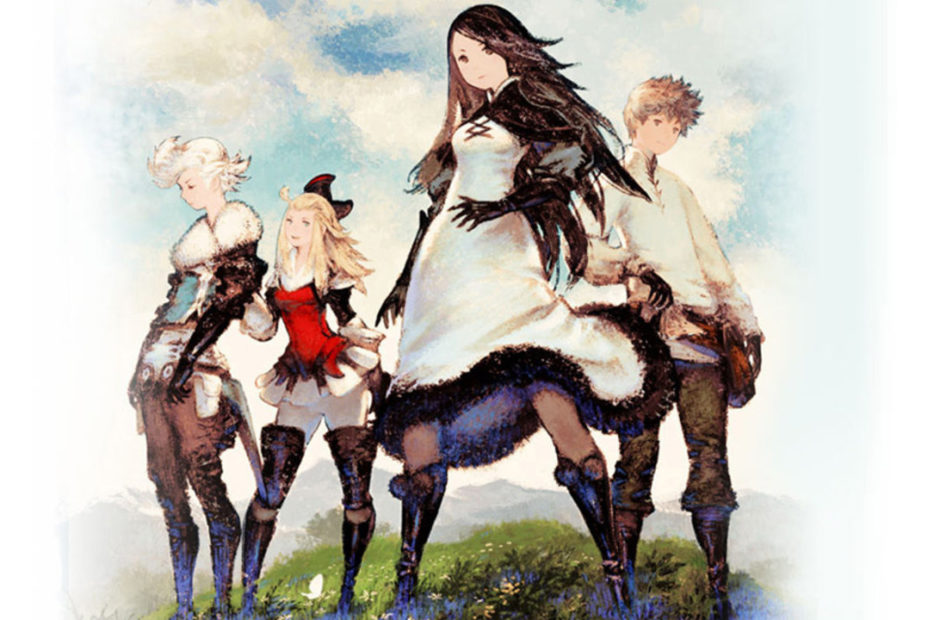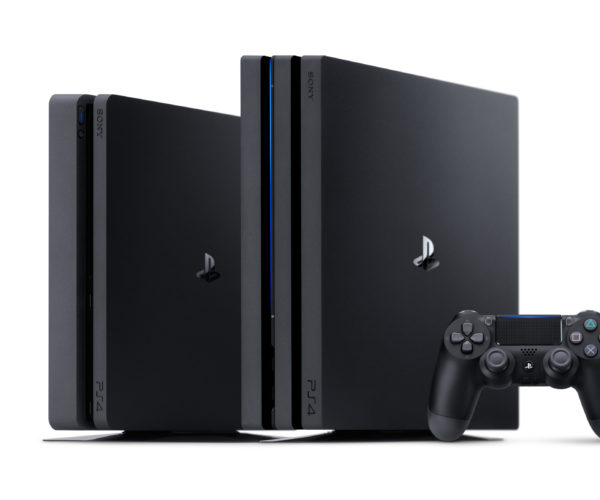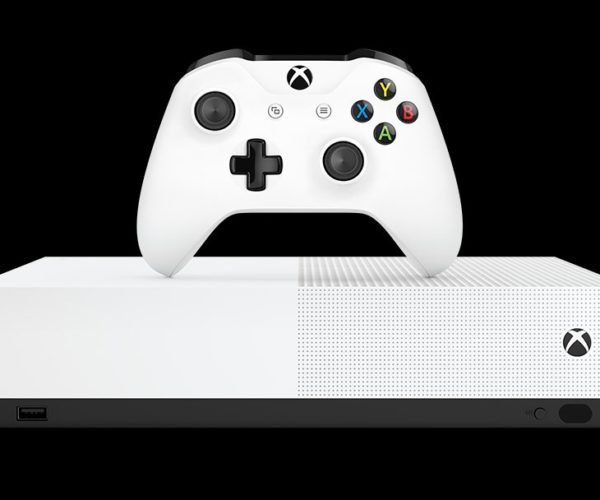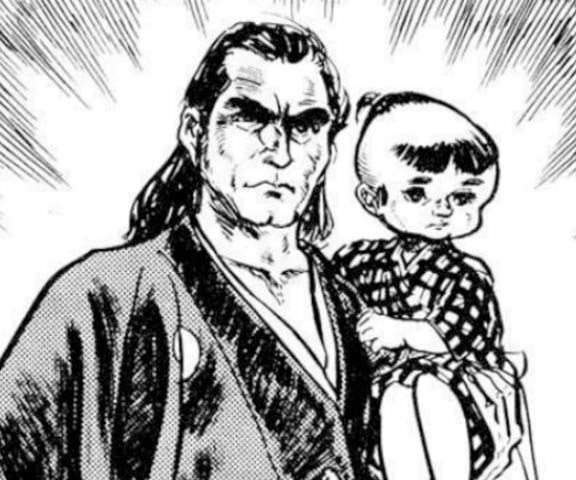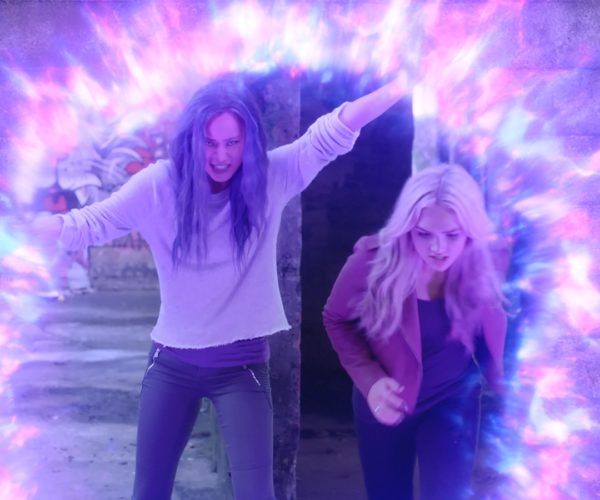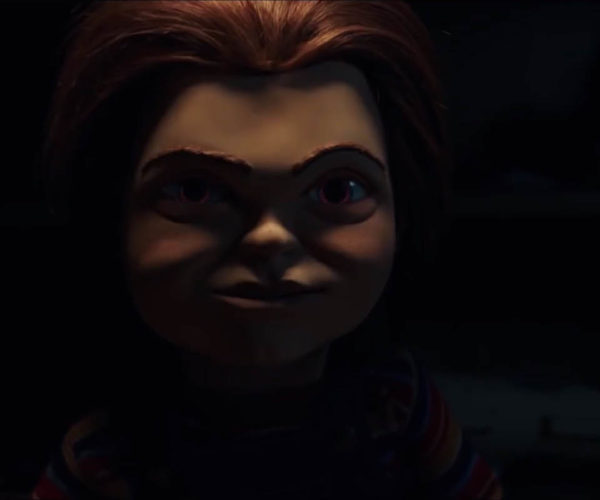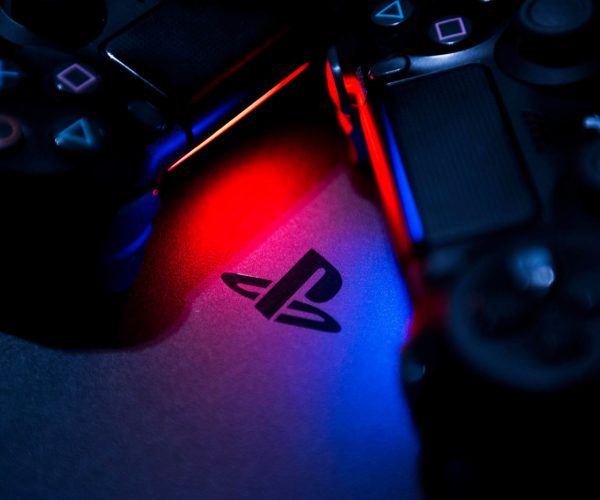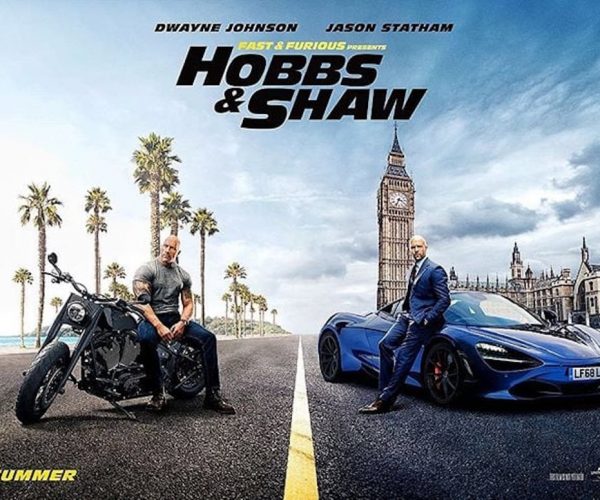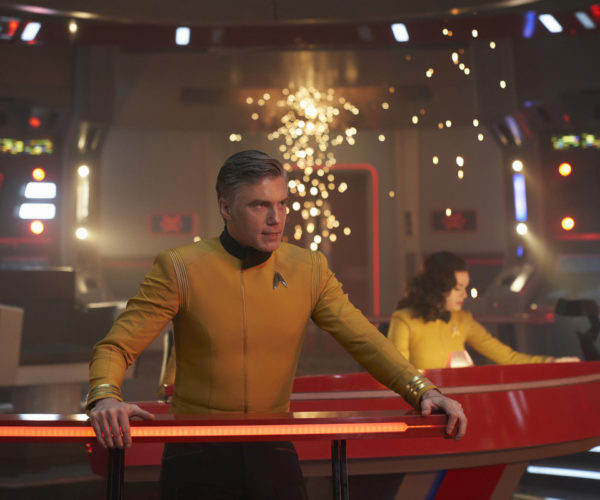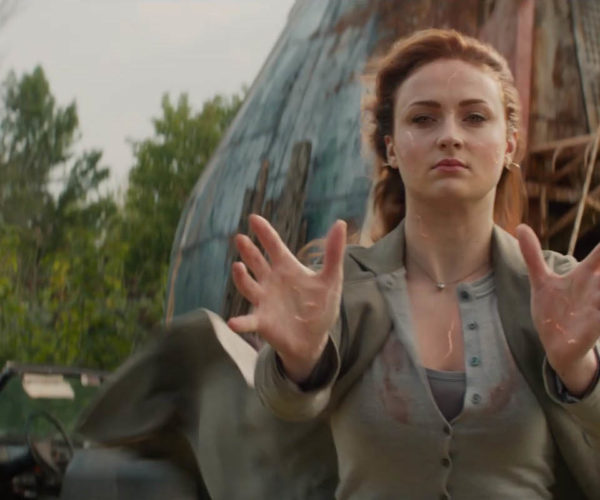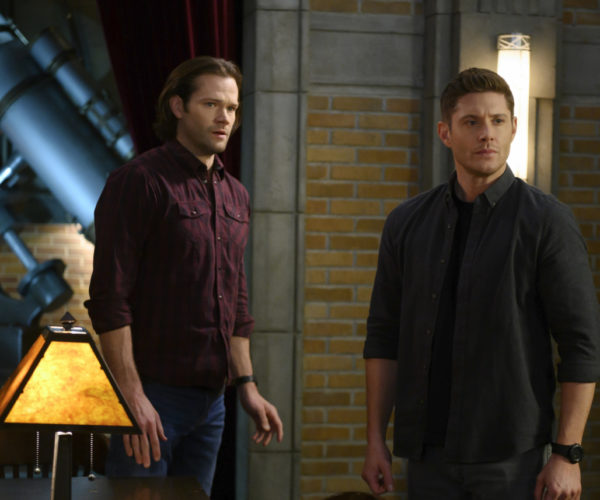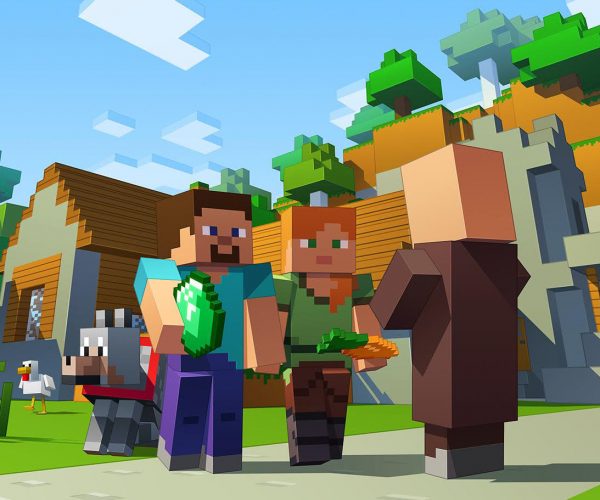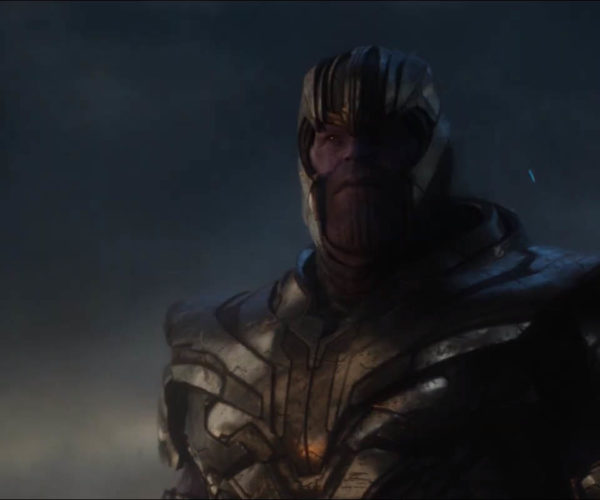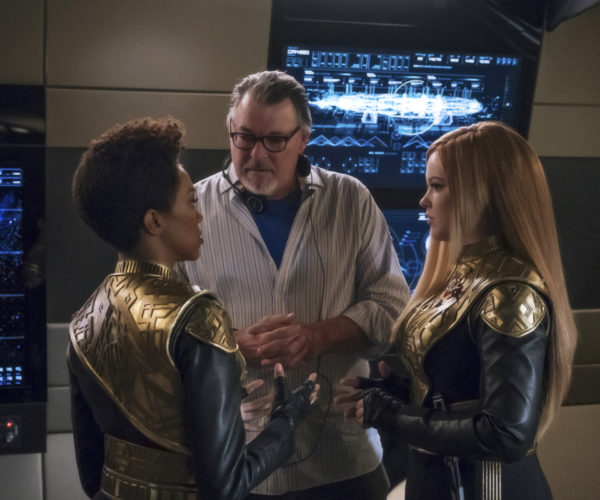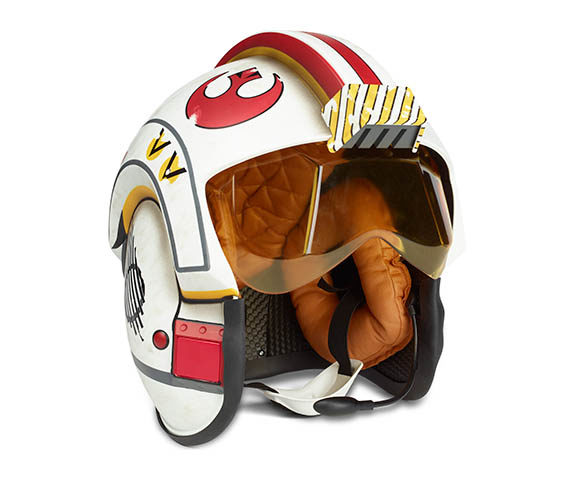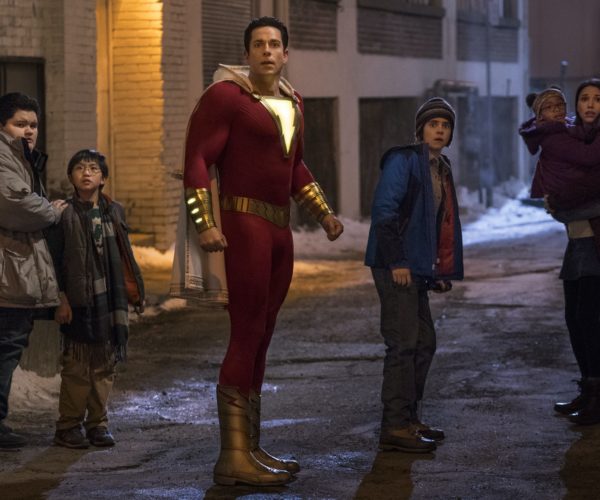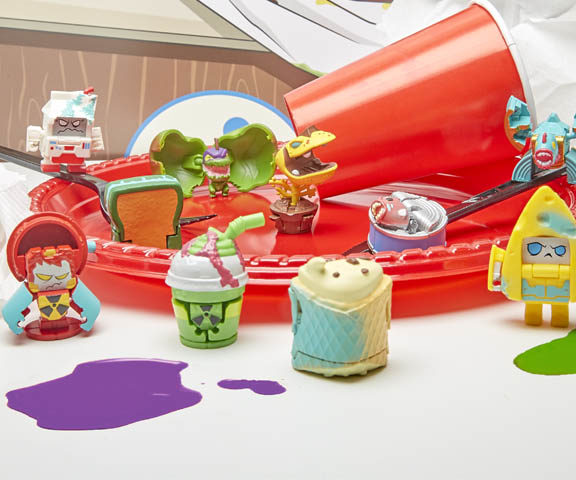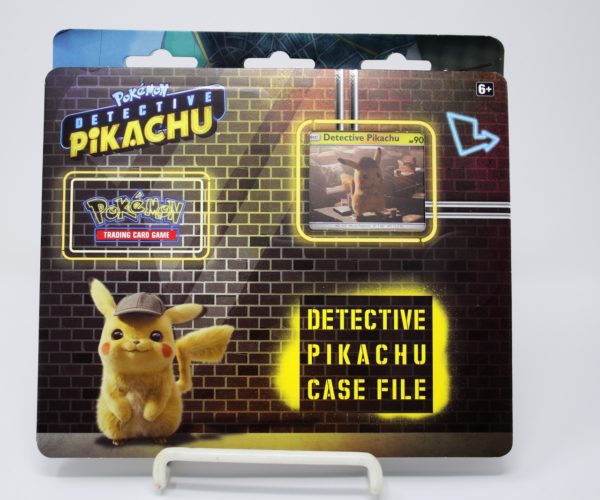We’re nearing the end of a decade, one of extreme highs and lows for my favorite video gaming genre: the JRPG. Spanning two console generations and a barrage of quality handheld gaming devices, the decedents of Final Fantasy and Dragon Quest find themselves in a better position these days than they did ten years ago when the HD console generation knocked the genre down a peg or two.
With no high-profile releases between now and the end of 2019, now is the best time to run down out favorite JRPGs of the last ten years. We’ll start today during a time when JRPGs were getting slaughtered by the likes of The Elder Scrolls IV: Oblivion and Dragon Age, and we’ll wrap up in part 2 with several of the most high profile games of the last two or three years.
One simple rule: the game must be from Japan. We’ve had plenty of great imitators over the last ten years that pay tribute to the genre’s heyday back in the 90’s, but we aren’t going to be looking at them. The games must be from Japan, and they must fit the bill of “RPG.” Those three letters cast a much wider blanket nowadays than ever before, but sticking to the classic definition, we can make some easy assessments.
And we’re moving chronologically here, no rankings involved.
Resonance of Fate
Has there ever been an RPG development team as all over the place as tri-Ace? The studio behind Star Ocean has made some of the most beloved JRPGs in history, including Star Ocean: The Second Story and Valkyrie Chronicles to some true duds. Resonance of Fate is neither, finding itself as misunderstood upon release and now looked on fondly as a cult-classic.
This off-the-walls JRPG literally has its characters jumping off the walls with an acrobatic battle system that channels John Woo films. Diving shots, sky-high flips, dual pistols, Resonance of Fates’ battle system is one of the flashiest in the history of the genre.
But it’s not all flash. Tucked under all the pizzazz is a series of deep mechanics that must be mastered if you are looking to make any progress in the game. Without an understanding of bullet types, enemy defenses, positioning, and layered combinations of all these mechanics put together, you might as well be shooting blanks.
Resonance of Fate was originally released for the PlayStation 3 and Xbox 360, but a recent remaster for the PC and PlayStation 4 makes it available on the modern market. If you decide to dive into this one, be careful. You’ll find an enjoyable game, but only if you’re willing to dig. and often in the wrong place.
Xenoblade Chronicles
An obvious inclusion on our list, Xenoblade Chronicles is one of the most well-regarded JRPGs of its era. During a time when western RPGs were trouncing all over their JRPG counterparts, Monolith Software stepped up and delivered a game that spoke the modern day language of RPGs but dressed it in classic JRPG clothes.
Xenoblade Chronicles plays like the rest of the open-ended, side-quest grindy RPGs of the world. Every setting the game takes its cast to, every townsperson they meet, every stinking monster they kill rewards players in some way, delivering those oh-so satisfying experience points for merely walking or finding three of the same otherwise-useless objects. Sound familiar? It’s ever RPG from the past decade.
Monolith Soft’s hit excels with a unique setting, that of a world built on the back of two ancient, warring titans, and enough fancy clothes and personalities to make Japan’s most outlandish character designs bow their heads in shame.
The game saw a limited release on the Wii and a sub-par port on the New Nintendo 3DS. To date, the full, glorious console version has not found its way to modern consoles, making it a hard one to track down and an annoying reminder that your Wii is still gathering dust in the basement.
Radiant Historia
No real surprises here. Radiant Historia was a success story from the very beginning, finding a home on the Nintendo DS when it launched in 2010 and satiating the needs of JRPG fans everywhere. Taking cues from the beloved classic Chrono Trigger, Radiant Historia works the time travel mechanics into both the gameplay and story in ways that Square Enix’s classic barely scratched.
Branching paths, dead ends, incorrect choices, time paradoxes, Radiant Historia thought of it all, and presenting this excellent mechanic in a slick 16-bit inspired aesthetic made it all the better. Fans immediately took to its charming characters and unique battle system, hailing both as the genre’s best return-to-form in a decade.
Atlus originally released Radiant Historia as a limited release, but when word got out about its genius, they quickly threw it back into the market. Today, the easiest way to access the game is on the Nintendo 3DS through Radiant Historia: Perfect Chronology, a remake that offers more story and characters. I prefer the tighter experience and the original character art found in the original, but to each their own.
Ni No Kuni: Wrath of the White Witch
Back when the idea of “playing an anime” was still new and only SEGA’s classic Valkyria Chronicles had found success with the concept, Ni No Kuni: Wrath of the White Witch sounded ambitious. Roaming through an open, fully developed anime world was just the beginning. That real lure of the game cam from that anime world being created as a collaboration with Level-5, in their pre-Yokai Watch days, Studio Ghibli, of Princess Mononoke, Spirited Away, and other countless classic film’s fame.
The resulting game delivered on that anime world and more besides. Collecting monsters is always a popular past time in JRPGs, and Ni No Kuni delivered a colorful selection to seek the world. And yes, Level-5 and Studio Ghibli’s storytelling chops nail that immersible feeling you got from all your old favorites from the genre.
Ni No Kuni: Wrath of the White Witch is still only available on the PlayStation 3, making it one of our favorite exclusives to the console and a game we’re dying to play on the Nintendo Switch. A DS version was released only in Japan and has since been fan-translated, and a sequel launched on the PlayStation 4 and PC last year. Sadly, I haven’t gotten around to it just yet.
Fire Emblem Awakening
2012 is the year that the JRPG began to truly find its footing again thanks to a triple dose of instant classics on the Nintendo 3DS. Nintendo lead the charge by breathing new life into its classic Fire Emblem series with Fire Emblem Awakening. Selling over a million copies and scoring universal praise around the globe, Fire Emblem Awakening is now praised for essentially saving the series as a failure would have made it the final one ever developed.
Sadly, Intelligent Systems had to do away with the hardcore approach it takes to most Fire Emblem games and inject some accessibility into it. This made some longtime fans upset, but none can argue that the resulting cast of characters, stupendous battle system, and the romance system were not smash hit among fans and newcomers alike.
I prefer my Fire Emblem to be a bit more linear and hardcore, like the original Game Boy Advance release here in the United States, but even I’ll admit that Nintendo nailed exactly what it needed to do with this game. We’re still playing Fire Emblem to this day, and of all the “new” games, this is still the one I hold in the highest regard.
Fire Emblem Awakening is only available on the Nintendo 3DS, but if any of these games were to get an HD makeover for the Switch, I would back this one immediately.
And I wouldn’t even demand its characters finally be given feet!
Etrian Odyssey IV: Legend of the Titan
Etrian Odyssey is a series that found a dedicated audience during the previous generation on the Nintendo DS, but not until the fourth game did it really start to get noticed by wider audiences. Again, easing up on the difficultly and making it more accessible allowed the series to flourish and make new fans on the booming Nintendo 3DS.
Longtime fans do like Etrian Odyssey IV, but most see it as a solid entry point into a larger world. Its dungeons are smaller, its bosses are easier, its classes of characters are fewer and more easily accessed, but in the end, it’s all good. Diving into the dungeons, creating syngeries with your teams, and most importantly, drawing your own maps, didn’t lose an ounce of fun, despite the cutbacks made to accommodation a wider audience.
Etrian Odyssey IV proved to be one of the best ways to lose 60 hours of your life to a video game and you didn’t even have to smash three handhelds in the process.
And thanks to the audience this hit raked in, the series was allowed to continue and prosper. The engine Atlus developed for the Nintendo 3DS went on to power two more sequels, Etrian Odyssey V: Beyond the Myth and Etrian Odyssey Nexus, remakes of the first two games in the series, and even two crossover games from Atlus’ other popular series, Persona.
Bravely Default
And, at last, we come to the game that truly announced the JRPGs return to success. Bravely Default channeled everything gamers loved about three decades of progress into a slick, classically designed package that you could play from the palm of your hands. Square Enix pulled no stops making this one, putting the full power of its monstrous production values into its beautiful visuals and one of the bset soundtracks of the decade.
Bravely Default sets itself up like a classic Final Fantasy game, with familiar job classes and a slick battle system, but the twist and turns it makes along the way helped it stand apart. A social mini-game helped sink your unplayed hours into producing resources, and thanks to me playing this game in Japan when it was still popular, I benefited greatly by scoring all kinds of powerful weapons far earlier than I should have.
Square Enix also spared no expense in its localization either, delivering quality voice acting, brilliant characterization of its villains, and even rebuilding the game from the ground up and erasing many of the Japanese version’s problems for stricter Western players.
I’m part of the crowd that thinks the plot twist leads to a bit too much repetition, but by the time it arrives, I’m so invested in my characters and job classes that I don’t mind. It’s not half as bad as its sequel’s plot twist though, not in the least.
Like Fire Emblem Awakening, this game broke a million sales, and that success even lead Square Enix to apologize for failing to realize that the classic JRPG still had an audience. Bravely Default is easily the most important JRPG of the last ten years, and its release felt like a true chapter-turner in the history of the genre.
Hope you kept your Nintendo 3DS around, because it is the only way to revisit this modern classic.
Crimson Shroud
And even with those three mega hits, 2012 wasn’t complete. Just before the end of the year, we saw the release of Level-5’s Guild project, a series of games that put popular developers at the helm of personal pet projects. Attack of the Friday Monsters! and Liberation Maidan scored early praise, but there is no question as to what the true winner of these games are.
Crimson Shroud comes to us from the mind of Yasumi Matsuno, the creator and writer of hits like Final Fantasy Tactics, Tactics Orge, Ogre Battle: March of the Black Queen, and Final Fantasy XII. Matsuno is often praised for having a brilliant strategy mind, but he is reputed struggling in leadership roles on huge projects thanks to his perfectionism.
The Guild initiative gave him just the tools he needed to make a small, perfect creation, and what we got was Crimson Shroud, perhaps the smartest and “pound for pound,” at $7 and roughly 4 hours of gameplay, most fulfilling game on this list.
Pick this game up if you still have a Nintendo 3DS and marvel how it all comes together. The die rolling, the literal character models, the Dungeons & Dragons storytelling, the countless items and weapons you find on your dungeon trek, and that sweet, sweet battle system.
2012 could have signed off and still been one of the best years the genre had ever seen, but Crimsom Shroud had to make it all the better just before the finish line. It needs to be freed from its prison on the 3Ds eShop and played by a larger audience.
Dragon Quest VII: Fragments of the Forgotten Past
I’m not sure which was more fun: playing this 3DS remake of Dragon Quest VII or constantly hounding Square Enix to give it a localization for English speakers. I remember the day we finally got the announcement… what a glorious day. (I think I cried tears of joy as it meant no more articles of Ron lamenting the lack of an English version. – Sean, Editor-in-Chief)
I’ve shied away from mentioning remakes, remasters, and ports on this list, but this one is just too good to pass up. One, it’s on the Nintendo 3DS, which is the best console for JRPGs since the original PlayStation and anything to strengthen that library deserves a mention. And two, I don’t often advocate using remakes as a “replacement” for the original game, but this is one case I find it hard to see otherwise.
How Square Enix transitions the stiff, grindy experience of the original Dragon Quest VII and turns into such a magical experience just shows the quality that the company sinks into every single release in this series. The music, the graphics, the expedited jump into the meat of the game, and again, that accessibility, it just goes to show that even curmudgeon old-timers like me who like authentic gaming experiences to remain intact can still be swept up into a magical retelling from time to time.
Don’t expect that to be easy though. As you push through Dragon Quest VII’s many, many, many mini-plots, each more interesting than the last, you’ll realize that you’re 80 hours in and still nowhere close to the end. It takes a lot of dedication to beat this one.
Shin Megami Tensei IV
It’s safe to say that the Shin Megami Tensei series has been overtaken by its Persona branch in terms of popularity, but Atlus is still in the business of assuring gamers that the mother series still has a lot to offer. Shin Megami Tensei IV makes a perfect case for the continuation of the mother series, sticking to its tried and true storytelling roots and the horrors of interaction with demons.
At the core of every main Shin Megami Tensei game is not a battle of good vs evil, but chaos vs law. Chaos can lead to better outcomes than harmony, and law can push humans to do evil things for the sake of the big picture. We get this in Shin Megami Tensei IV in the form of our main character’s two allies, who will push him to make choices in one direction of another, determining the ultimate fate of the world.
By the journey’s end, you’ll really be wondering if this RPG world is worth saving… or if it is simply better to wipe it clean and start from scratch. Morality became a trend in gaming in the previous decade, and Shin Megami Tensei, an early pioneer in the idea, sets the record straight with this release, pointing out that it’s not as black and white as the BioWare games of the world make it out to be.
Oh yeah, it has a rockin battle system and multitudes of cool demons too. Don’t want to forget those, nor its expansion pack/sequel Shin Megami Tensei IV: Apocalypse, also only available on the Nintendo 3DS.
___
That’s all for today. Come back tomorrow for ten more games!
TechnoBuffalo LLC (dba TheNerdy.com) has affiliate partnerships with various companies. These do not at any time have any influence on the editorial content of The Nerdy. TechnoBuffalo LLC may earn a commission from these links.
